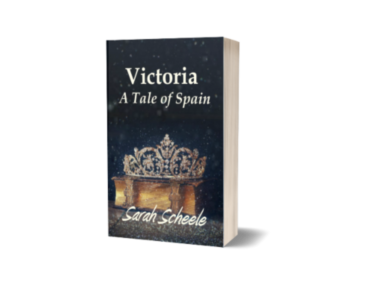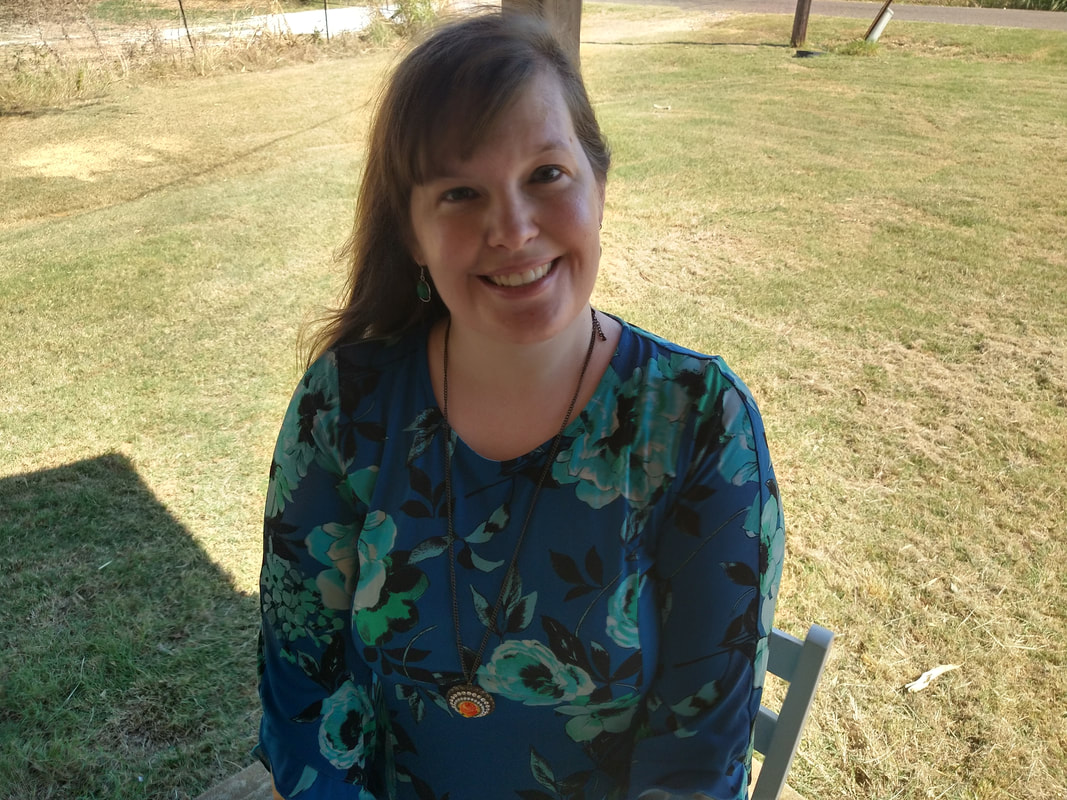|
One issue that any storyteller will encounter in the book market these days is deceptiveness. I’m not speaking of cloudy interactions with other authors, insincere networking, and unclear feedback. I’m speaking of the way stories are actually written. Far too many readers are used to seeing a “real” story laced under the surface of the so-called narrative. They push aside the story on the surface and automatically reinterpret to find the content they believe is hidden.
This can be legitimate if the author actually intended it that way. But not every book is this way and such thinking easily becomes aggressive, pushing what is stated to be there aside in favor of what you’re sure you see. People who become accustomed to this approach will start simply imagining there must be a “real” story beneath anything they come across. They will start to read The Book That Isn’t There. This has often happened with my books because the whole point of them is to make things clear, to make the story simple so we all know what we’re talking about. But if you’re used to reading this way, you’ll automatically dismiss what I’m saying and start getting into a very murky kind of creativity. I couldn’t possibly have simply written a story to read. I MUST be hiding something. If I say Bella in Victoria: A Tale of Spain is sad and lonely because her parents don’t like her personality, I must have really said they have been trying to force her into an arranged marriage but won’t admit it and the other sisters don’t know this. But that isn’t what I said. It simply isn’t. People who don’t read my books as straightforwardly as a child would are reading The Book That Isn’t There. What you see really is what you get. I am up to literally nothing. If you think my book is boring, that’s because you really think it is boring. It’s not that there’s a hidden plot underneath that would make it more interesting to you and you don’t know WHY I’m not developing that plot. It’s not because I don’t know how to write my book and if you asked me little personal questions about it perhaps you could get me to admit the story underneath. It’s because you don’t know how to read my book and are trying to make it another book. A Book That Isn’t There. And there will be more updates. The rewrite of Victoria took off after I worked with the old Alyce manuscript. When transferring Alyce to Spain, it slowly merged into Victoria until the two became one. I changed Alyce’s name to Victoria, changed other character names to blend in, and voila! A perfect answer to all the endless riddles of “what to do with Alyce.”
As the second half of Victoria’s story, “Alyce” takes Victoria on a lighter-hearted tone that balances the opening and expands the world. More than that, giving her Alyce’s adventures and a quick tie-in to the Hirado for continuity developed Victoria’s character hugely. She actually seemed to learn from her earlier adventures and the second half shows her applying the skills she learned in the first. This gave the story of Victoria what I’d always been worried it lacked—a point. The only differences are: some areas in which Alyce was a Cinderella figure—which was hard to work in once I blended her with Victoria, a duke’s daughter. (But the “Mrs. Codge” character was preserved in a few moments as a greedy, funny woman named Duchess Almezia.); and some of the “fake-history” politics of the end of Alyce. Moving it to a real country made many of these null. The longer, extended Victoria should be available soon, I hope. And there will be more updates. |

Young Adult Fiction Author
Sarah ScheeleJoin the newsletter below! This signup has no reader magnets attached but I am preparing a freebie to be offered as part of the welcome email in the near future.
Categories
All
Check out my list of Top 5 Best Children's Adventure Books About Family and Exploring I've Recommended on Shepherd.com!
Archives
June 2023
|

